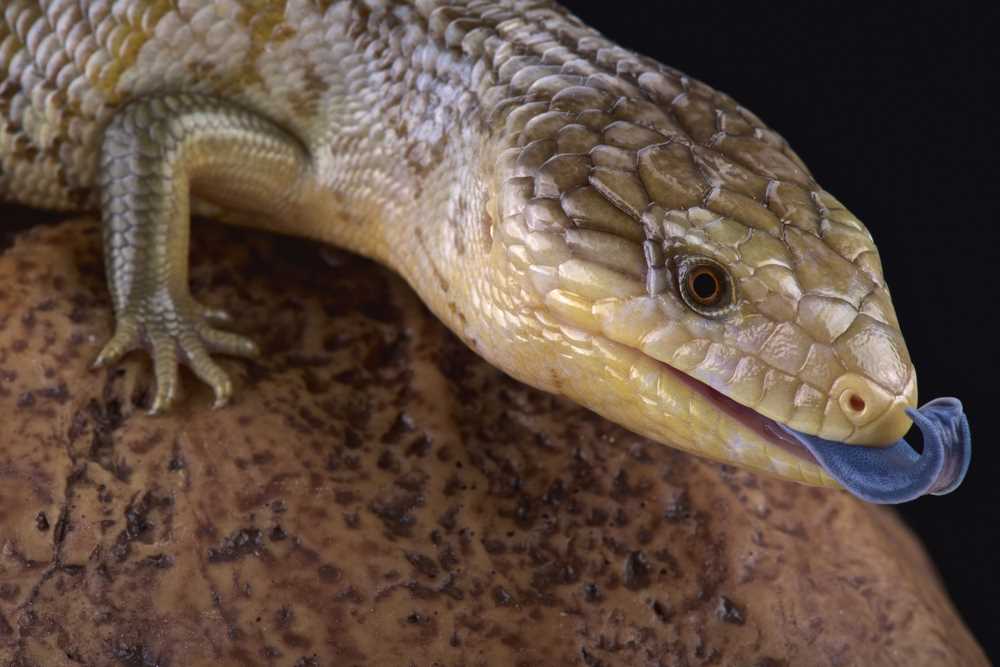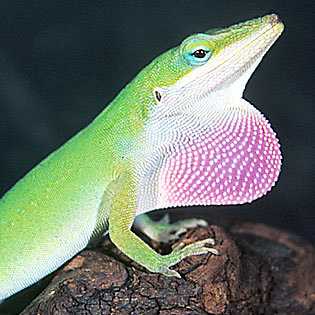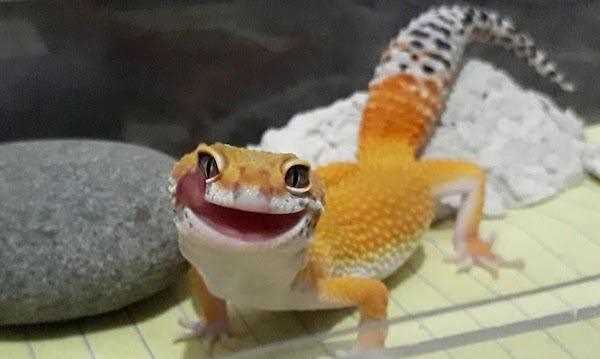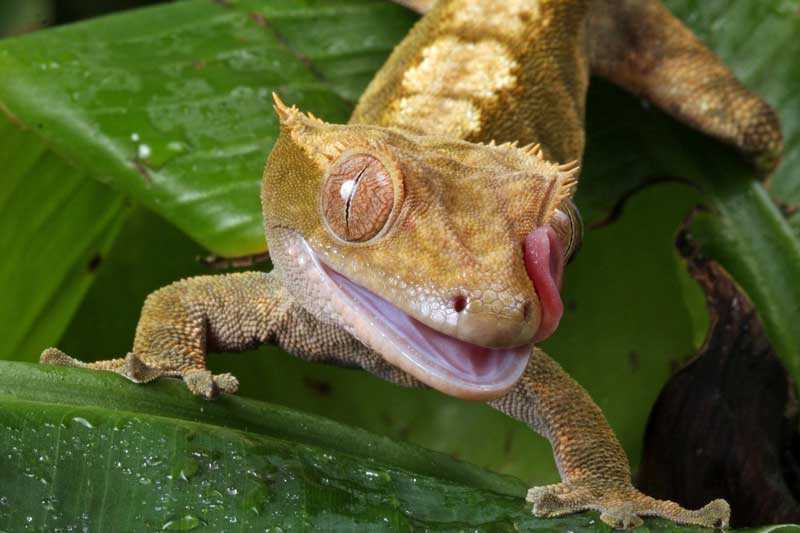Unlike cats and dogs, reptiles don’t need to be walked or groomed regularly. They are independent creatures that require minimal attention. This makes them perfect for people with a busy lifestyle or those who prefer a pet that doesn’t require constant interaction.
Reptiles have specific temperature and humidity needs, but once their habitat is set up properly, it is relatively easy to maintain. Basic care includes providing a suitable tank or enclosure, feeding them a balanced diet, and ensuring their environment is clean and comfortable.
Some low maintenance reptiles, like turtles and lizards, are also fascinating to watch. Observing their unique behaviors and habits can be a source of entertainment and relaxation. While they may not show affection in the same way as a cuddly pet, reptiles can still make wonderful companions for those who appreciate their beauty and uniqueness.
Reptiles as Low Maintenance Pets

Another aspect of reptile care that makes them low maintenance pets is their habitat requirements. While some reptiles may require specific temperature or humidity levels, these can be easily regulated with the help of heating lamps and misting systems. Reptiles typically do not need large living spaces, especially in comparison to larger mammals like dogs or even cats. This means that setting up and maintaining their habitat is relatively simple and does not require a significant amount of time or effort.
In terms of veterinary care, reptiles also require less frequent visits to the veterinarian compared to other common pets. While regular check-ups are still important to ensure their health and well-being, they do not need vaccinations or frequent grooming like dogs or cats. This not only saves time and effort but also reduces the overall cost of pet ownership.
| Advantages of Reptiles as Low Maintenance Pets |
|---|
| Easy dietary requirements |
| Simple habitat setup and maintenance |
| Less frequent veterinary care |
| Lower overall cost of pet ownership |
Popular Low Maintenance Reptile Species

Lizards, specifically leopard geckos, are also popular low maintenance reptiles. Leopard geckos are small in size and can adapt well to various living environments. They have a docile nature and are considered a good option for beginner reptile owners. These lizards have a simple diet and require minimal daily care.
In addition to turtles, snakes, and lizards, other low maintenance reptile species include bearded dragons, crested geckos, and African fat-tailed geckos. These reptiles have simple dietary needs and do not require complex habitat setups.
Remember, although low maintenance reptiles require less time and effort compared to other pets, they still need proper care and attention to thrive. Regular feeding, maintaining the appropriate habitat conditions, and occasional veterinary check-ups are still essential for their well-being.
Choosing the Right Low Maintenance Reptile

| Factor | Consideration |
|---|---|
| Size | Consider the full-grown size of the reptile and make sure you have enough space to accommodate its needs. Smaller reptiles, like geckos or anoles, may require less space compared to larger reptiles, such as pythons or tortoises. |
| Diet | Research the dietary requirements of the reptile you are interested in. Some reptiles have specific dietary needs, while others have a more flexible diet. Consider if you are willing and able to provide the necessary diet for the reptile. |
| Temperature and Humidity | Reptiles are ectothermic, which means they rely on their environment to regulate their body temperature. Different reptiles have different temperature and humidity requirements. Make sure you can provide the appropriate conditions for the reptile to thrive. |
| Lifespan | Consider the lifespan of the reptile. Some reptiles can live for several decades, while others have a shorter lifespan. Think about the long-term commitment you are willing to make and if you are prepared to care for the reptile for its entire lifespan. |
| Handling | Think about how comfortable you are with handling reptiles. Some reptiles are more docile and tolerate handling well, while others may be more defensive or skittish. Choose a reptile that matches your comfort level and ability to handle. |
By considering these factors, you can choose the right low maintenance reptile that fits your lifestyle and preferences. Remember to always provide proper care, nutrition, and environment for your reptile pet to ensure its health and well-being.
Reptile Experts’ Recommendations for Low Maintenance Species
1. Corn Snakes
2. Leopard Geckos
Leopard geckos are another low maintenance reptile species that are commonly recommended. These lizards are easy to care for and have a gentle temperament. They can be kept in a tank with minimal heating and lighting requirements. Leopard geckos are insectivores and primarily eat crickets and mealworms, making feeding relatively simple.
3. African Fat-Tailed Geckos
African fat-tailed geckos are similar to leopard geckos in terms of care requirements and temperament. They are also insectivores and can be fed a diet of crickets and mealworms. African fat-tailed geckos can be housed in a tank with similar heating and lighting requirements as leopard geckos.
4. Ball Pythons


I’m Lena Adams—a product of an unconventional upbringing in the African wilderness. My father, a daring explorer of African wildlife, sparked my fascination with reptiles, a passion that intertwined with the tragic loss of my mother during an expedition, leaving an indelible mark on my life. Driven to understand the creatures that captivated my parents, I embarked on my journey, sharing insights about reptiles, frogs, and lizards on my website. Through my explorations and conservation efforts, I honour my family’s legacy while seeking connections—to the creatures, nature, and the mother whose presence I yearn to understand.
